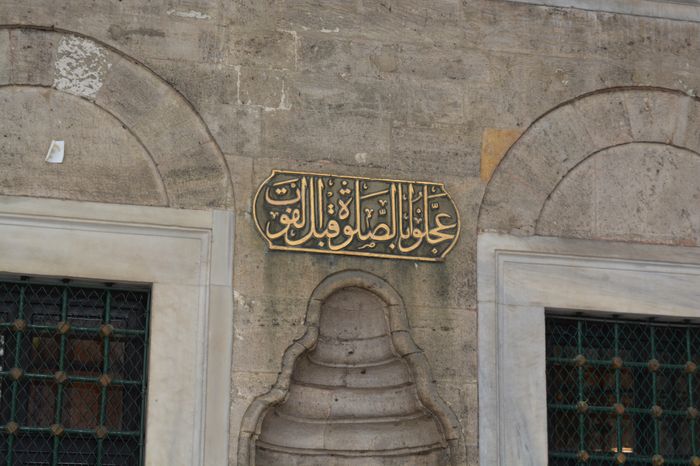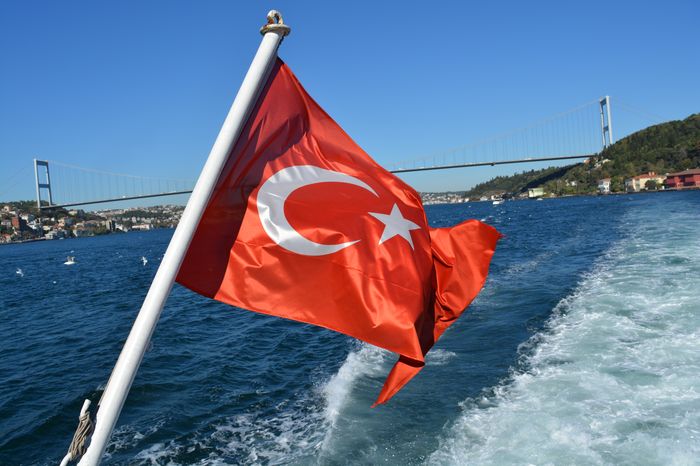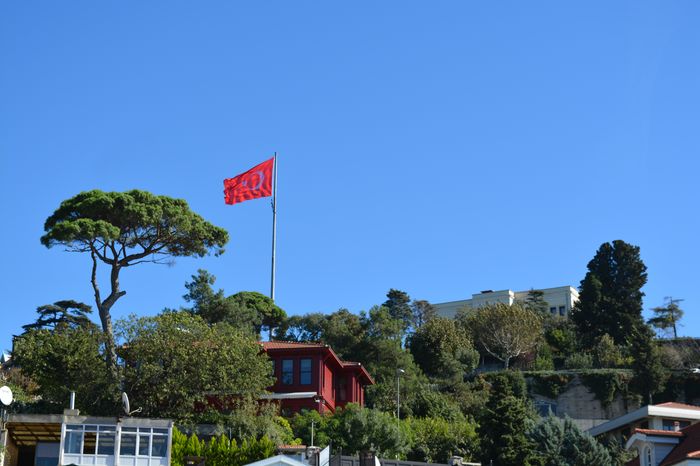And so in 532, when he ordered the execution of two criminals prominent in the factions—one Blue and one Green—he poked the hornet’s nest once too often. When the scaffold for their public killing broke under the feet of the condemned men, the mob took it as a sign of the merciful will of God, but Justinian would have none of that. He insisted that the execution proceed. Putting every vacillating foot wrong, the emperor postured and yielded, yielded and postured, and in a few days the city was on fire. “Nika! ” (“Victory! ”) cried the mob in the street, and for a time the throne was threatened. We have no real idea what went through Justinian’s mind, but all historians have to tell the story of his despair and the way his wife, the (reputedly diminutive) empress Theodora, plucked up his courage with a cry too good to omit and also too good to be true: “An empire makes a fine burial shroud!” And so (the story went) Justinian stuck it out. He may not have had much choice.
Emperor Anastasius
Eventually, the mob brought two nephews of the emperor Anastasius— Hypatius and Pompey—to the circus to acclaim them as emperors. Justinian had to respond to such overt provocation and sent troops into the circus to do their worst. One modern reader suspects (for suspicion is always the order of the day in Justinian’s Constantinople) collusion between the emperor and one of the apparent pretenders. Justinian intended to crack down on him and then take public credit for showing mercy. In the end, General Belisarius took things in hand, restoring peace by way of massacre; it is said that 30,000 people were killed in the hippodrome that day. In an enclosed space thronged with defenseless people, the number is not impossible.
Ever after, Justinian would be known as the emperor who had not hesitated to kill. Just as the regime of Hafez al-Assad in Syria was known for the day he chose to massacre his enemies in Hama, so Justinian was known, among his many other excellences, as a cold-blooded murderer— or rather, as the master of murderers. Such a reputation has its uses bulgaria tour.
On the far side of the palace from the circus stood the church, the other place where the people regularly saw their emperor. Constantinople’s earliest decades saw a series of churches built on that site, churches devoted to “holy wisdom”—in Greek hagia sophia—a name already intimating that the builders had Solomon’s fabled wisdom in mind and that Solomon’s temple was their model.
The church that Justinian found on his accession did not survive: during the Nika riot it went down in flames.
Once back in control after the riot, Justinian saw his opportunity, and he raised up a new church, the one that still stands there. If he envied Anicia Juliana her great church of a decade earlier, now was his chance. The new Hagia Sophia was half again as large as Juliana’s building. Hers had the artistry of decoration; his had imperial pomp. From its completion in 537, Hagia Sophia has defined the city of Constantinople (now Istanbul) by its massive presence on the central point of the central ridge.
Hagia Sophia
Hagia Sophia never charmed anyone. It shouts at the viewer, roughs him up, and leaves him stunned and inarticulate. From the outside, it is a heavy, graceless pile, despite the addition of graceful Ottoman minarets. Mehmet the Conqueror made it a mosque, and then the modernizing Turks of the twentieth century made it a museum, though some of the devout now grumble at the loss of a visible sign of Muslim triumph. (The Ottoman Blue Mosque a few hundred yards away offers a space to rival Justinian’s, a space where even a pope has now whispered words of prayer Formal main boulevard entered the Augustaion.
It stands on foundations remaining from Justinian’s palace.) The architecture of the dome of Hagia Sophia took risks never taken before to achieve an interior space of magnificence if not subtlety. The dome dazzled on lookers with its height, its expanse, and the mosaics that adorned it. If it collapsed repeatedly in later years, that only proved the risks were worth taking. “I’ve outdone you, Solomon!” cried Justinian when he entered the finished building, a claim all the more adolescent and pathetic for being literally true.
The reconstructions (beginning in Justinian’s lifetime) confirm the church’s iconic status, triumphing over itself at the center of the city’s imaginary life. Paul the Silentiary8 celebrated the church’s reopening in 563 after the first collapse in a poem that captures pitch-perfect the song of Justinian’s Constantinople: “Justinian is the one who vanquishes the poisons of disease and conspiracy in his city and extends his reign to the ends of the earth. In the great church, Justinian outstrips Rome,” he says, “the way God outstrips an idol: the old Capitol saw nothing like this.”








